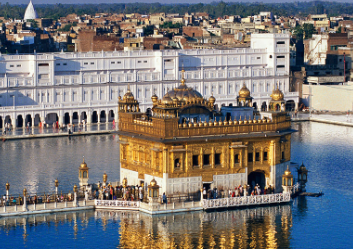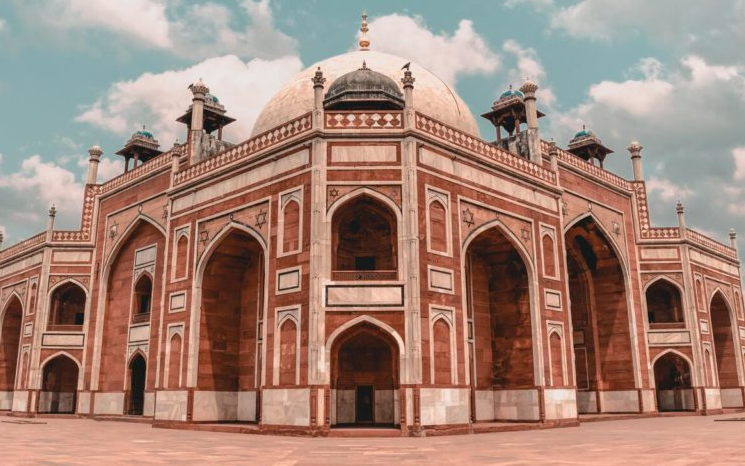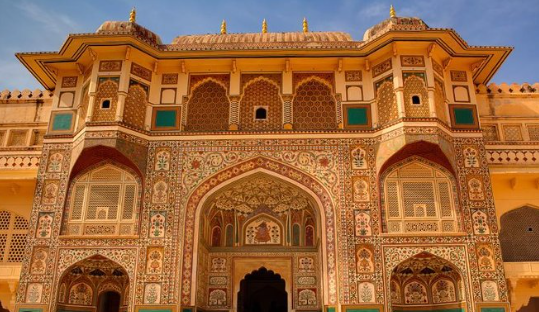The Golden Temple, also known as Harmandir Sahib, is a famous Sikh temple located in the city of Amritsar, in the northern Indian state of Punjab. The temple is a symbol of Sikhism, one of the world’s youngest religions, and is considered to be one of the holiest places of worship for Sikhs.
The temple was built in the late 16th century by the fourth Sikh guru, Guru Ram Das, and was completed by his successor, Guru Arjan Dev. The temple is constructed on a lower level than the surrounding area and is surrounded by a large pool of water called the Amrit Sarovar. The temple is approached by a causeway called the Guru’s Bridge, which symbolizes the journey from the material world to the spiritual world.
The Golden Temple is a stunning example of Sikh architecture, with four entrances that symbolize the openness of the Sikh religion to people of all backgrounds and beliefs. The temple is built with white marble and is covered with gold leaf, giving it a stunning golden glow that is particularly striking at sunrise and sunset.
The temple complex is spread over several acres and includes a number of other buildings and structures, including the Akal Takht, the highest temporal seat of Sikh authority, and the Baba Atal Tower, a nine-story tower that offers a stunning view of the temple and the surrounding area.
One of the most unique features of the Golden Temple is the Langar, a community kitchen that serves free meals to all visitors, regardless of their caste or religion. The Langar is run entirely by volunteers and can serve up to 100,000 people a day, making it one of the largest free kitchens in the world.
Another popular attraction at the Golden Temple is the daily ceremony of the Guru Granth Sahib, the Sikh holy book. The book is carried in a procession from the Akal Takht to the temple every morning and is returned in the evening, accompanied by devotional music and chanting.
The Golden Temple is not only a place of worship but also a symbol of Sikh culture and tradition. The temple complex hosts a number of festivals and events throughout the year, including Vaisakhi, the Sikh New Year, and Diwali, the Festival of Lights. These festivals are celebrated with great enthusiasm and are attended by Sikhs from all over the world.
The Golden Temple also holds great historical significance. The temple was the site of a massacre in 1984, when the Indian government ordered an assault on Sikh separatists who had taken refuge in the temple complex. The attack resulted in the deaths of hundreds of people, including many innocent civilians. The temple has since become a symbol of Sikh resistance and resilience.
In conclusion, the Golden Temple is a truly remarkable place that combines stunning architecture, spiritual significance, and historical importance. It is a must-visit destination for anyone interested in religion, culture, and history, and provides a unique glimpse into the world of Sikhism. The temple’s message of openness, equality, and community service is an inspiration to people of all faiths and backgrounds, and its Langar is a shining example of the power of selfless service and generosity.










